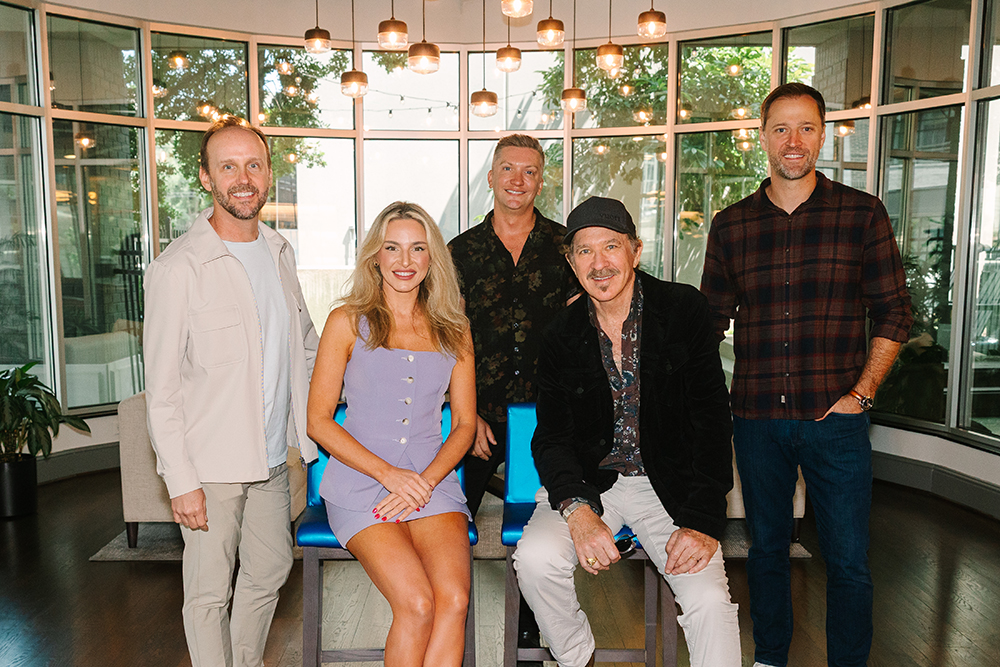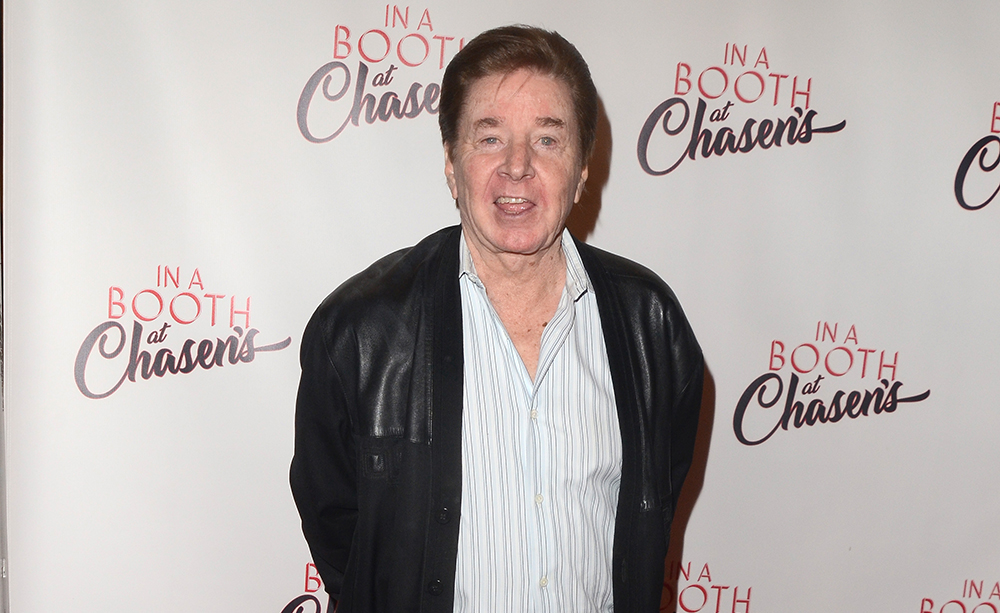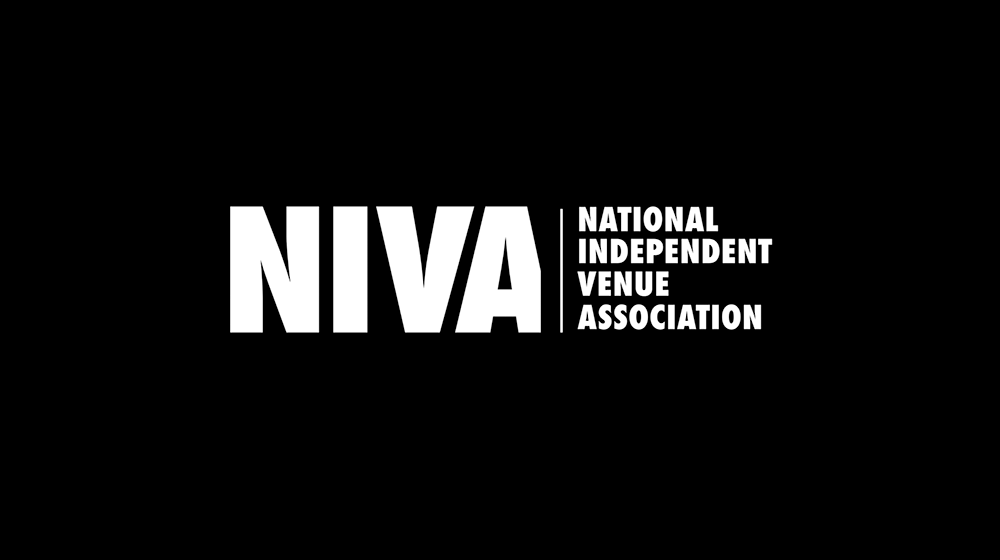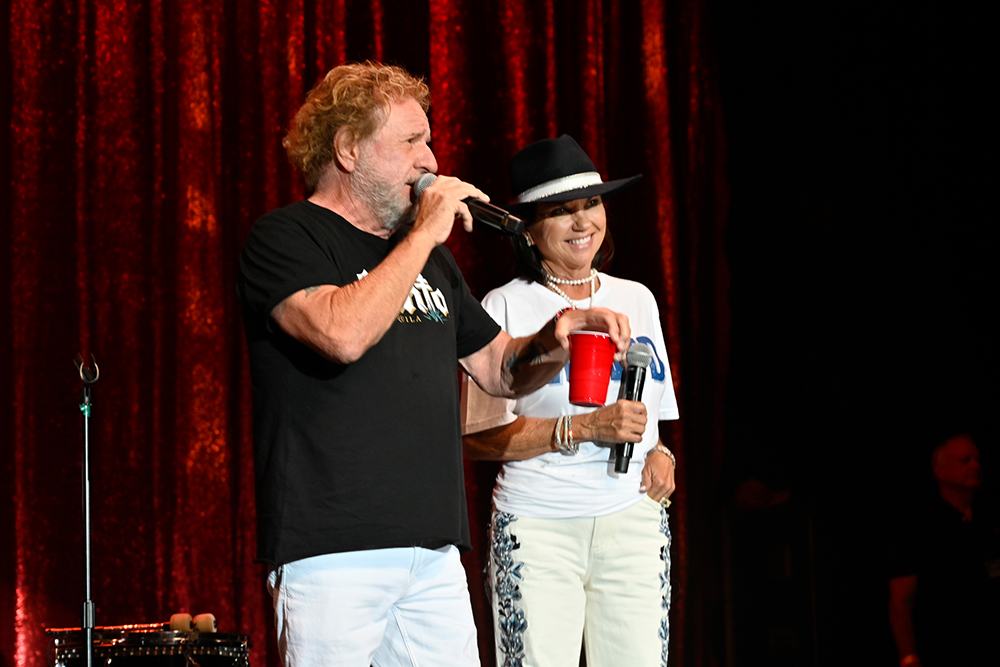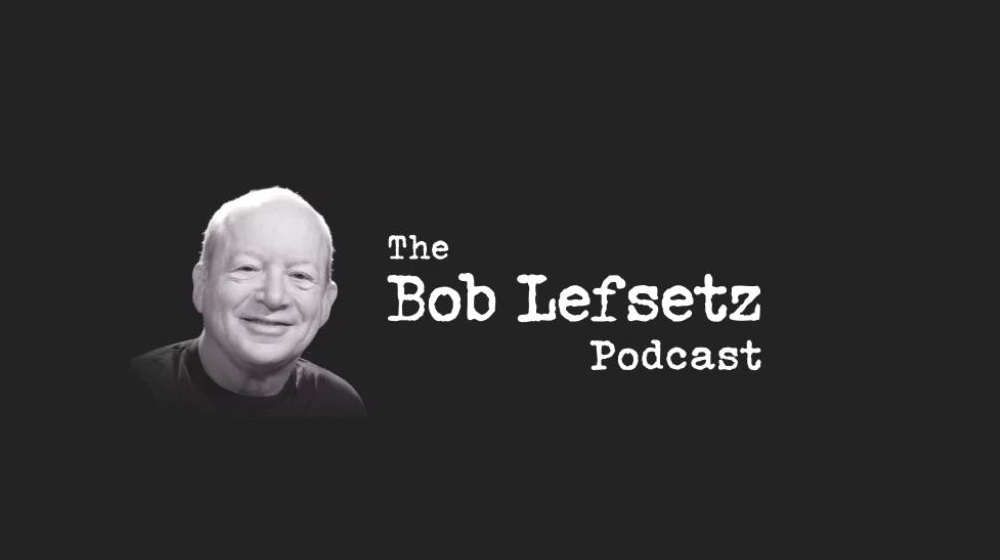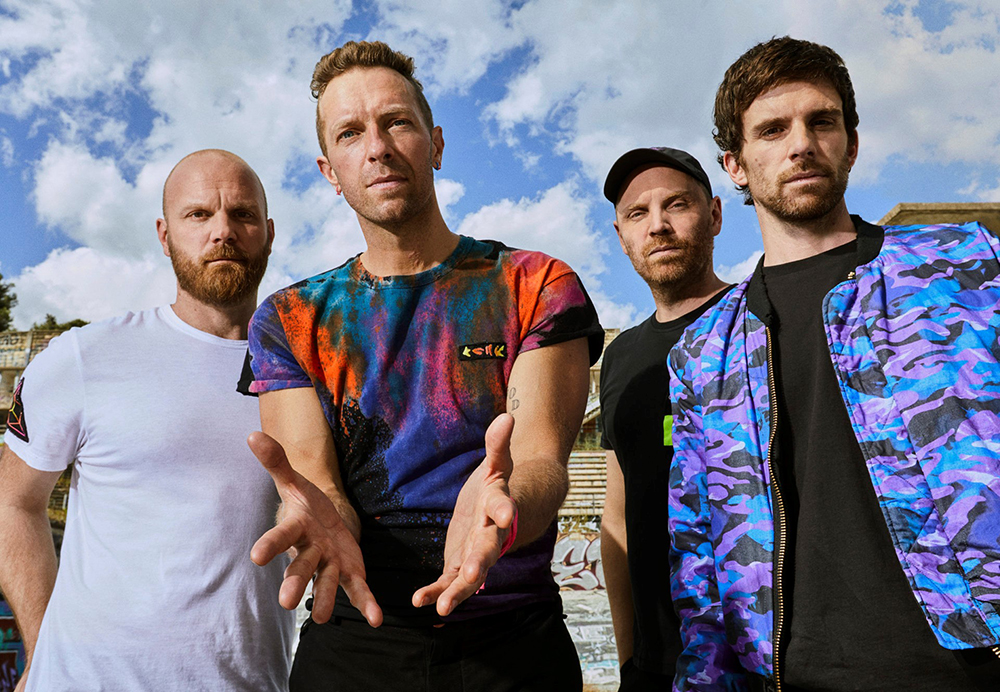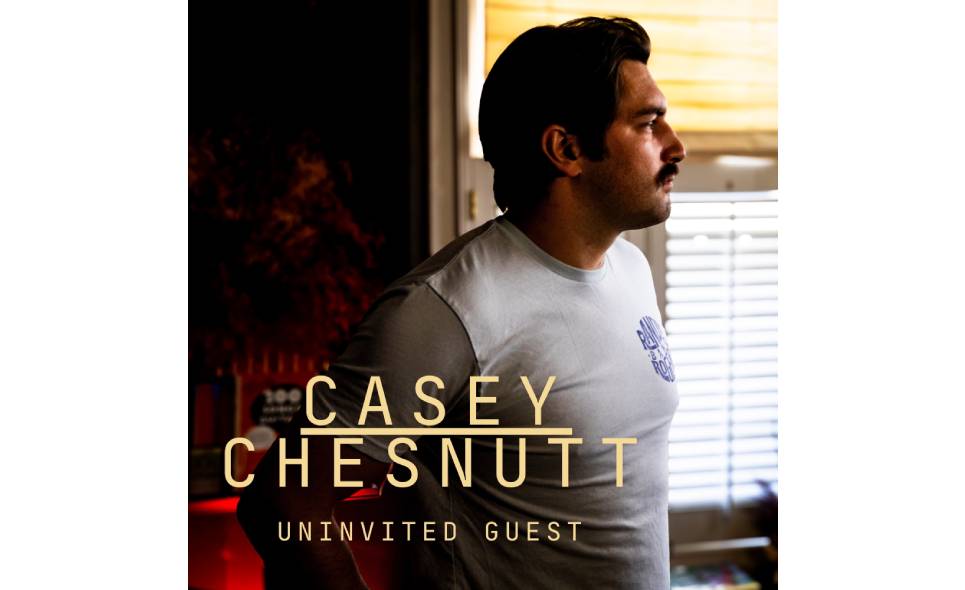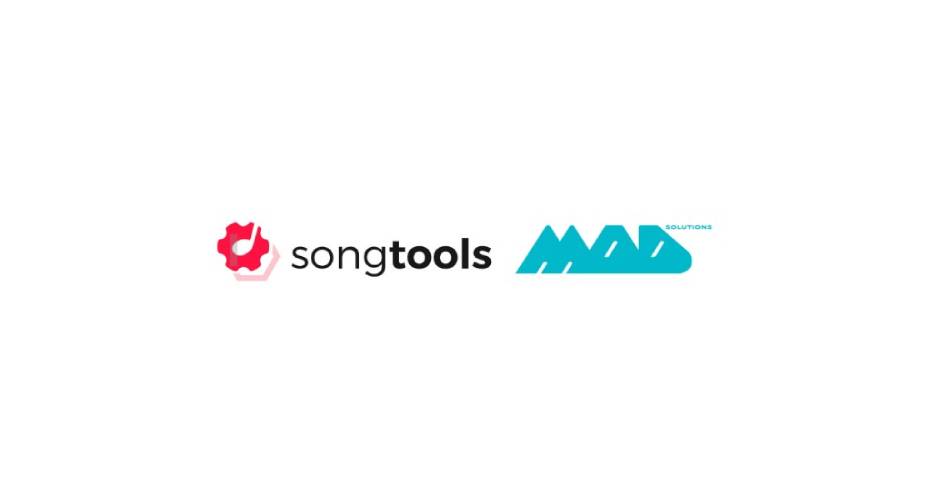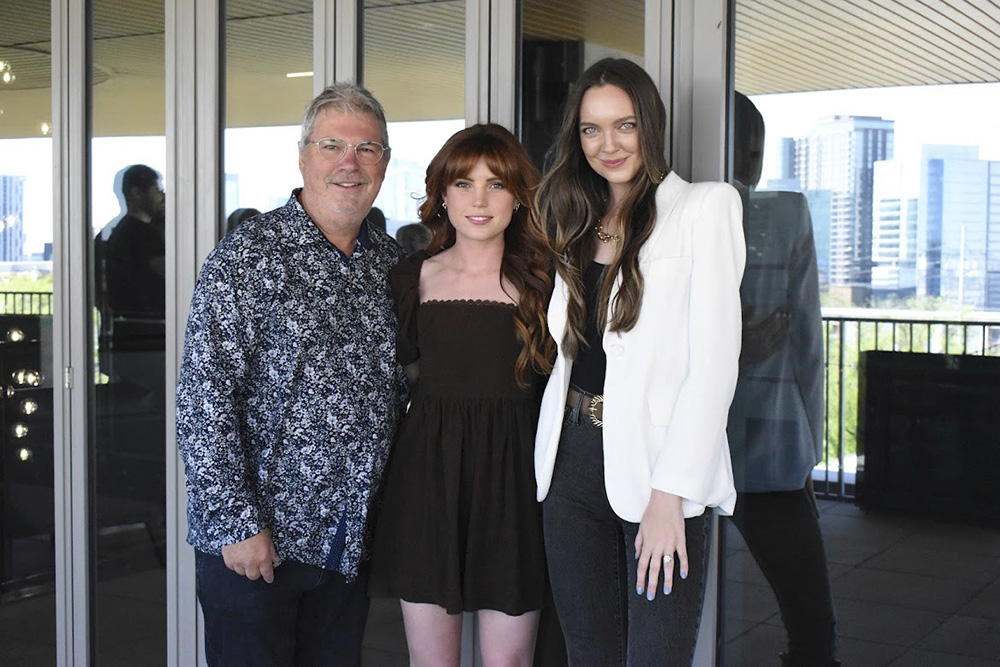It’s the Information Age. And there are opportunities to prevail. It’s happening now. New ideas are needed to get in sync with this new era where information is king. The old way is fading.
Video news, whether viewed on a large screen or a mobile device, has much to learn from newspapers. In the past, newspapers faced challenges to their dominance from the rise of cable TV and the internet. Instead of addressing these challenges, they clung to the belief that their prominence was unshakeable. Now, as we navigate the 21st century, they find themselves in a state of panic, making drastic cuts due to their failure to adapt early on. Television news is headed down the same path. Many will likely look back in 2028 and regret not tackling the issues head-on, instead of relying on superficial fixes like “new furniture, moving the anchor another research project” to address the challenges faced in 2025.
The solutions to these issues are not overly complicated, yet they are often undermined by a denial-ridden mindset within the insulated world of journalism. Instead of embracing the broader media landscape and aiming for a redefined future, the news industry appears to be on creative autopilot, opting for minor updates like new sets or anchors, which simply won’t suffice. The blame shouldn’t be placed solely on the internet; televisions are present in nearly every home, and devices are in everyone’s hands, with improving sound and picture quality offering unprecedented opportunities to engage audiences. Yet, video news remains trapped in a mid-80s mindset.
If you’re leading and making substantial profits, that’s great. If not, the path forward requires courage and a willingness to radically rethink programming, culture, methods, and actions—elements that define what we refer as a concept legacy media has yet to grasp. If they did, we would witness a significant evolution in programming, not just in delivery systems or through consolidation.
While the solutions are complex, there are key areas that, if addressed, could spark a transformative revolution in information. Here’s a simplified overview of some areas ripe for change:
– Modern Storytelling: Much of video news remains flat, with anchors passing off stories to reporters amidst exaggerated visuals. Envision a storytelling approach that incorporates raw footage, retro elements, viral clips, natural sounds, music, and thoughtful writing, creating a stunning blend of video and audio.
– Inspiration: Legacy media pales in comparison to the inspired programming found on platforms like YouTube even TikTok and in films. To reinvent aggressively, it’s crucial to abandon outdated playbooks.
– Balance and Fairness: AM radio news often excels in providing even, factual reporting. In contrast, TV news is frequently perceived as biased or trivial.
– Authenticity: Phrases like “Best, First, On It” may have resonated in the past, but today’s audiences are more discerning and can see through insincerity.
– Uniformity: Is there an FCC mandate for every news source to have a similar format? The repetitive structure of news programming feels outdated and is often the subject of parody.
– Overproduction: News segments often come off as overly polished, unnecessarily corporate and disconnected from 2025 street reality
– Outdated Presentation: While charm can be effective, relying on superficial attractiveness or exaggerated delivery styles is outdated.
– Visual Clutter: Important visuals can be obscured by excessive graphics and text, diluting their impact.
– Sound Quality: News themes that mimic outdated formats detract are among the most noticeable cliches. The percussive news is painfully dated
– Television Production Norms: Relying on conventional production methods leads to homogenized content.
– Evolving Newsrooms: Newsroom structures haven’t kept pace with societal changes, necessitating a reevaluation for 2025.
– Depth of Content: Legacy media often sacrifices depth for innovation, missing the mark on engaging audiences intelligently.
– Story Selection: Criteria for story selection are often outdated, leading to missed opportunities in covering topics that resonate with viewers.
– Language Use: Phrases rooted in outdated hype are not taken seriously by today’s audience.
– Clichés in Reporting: The industry is riddled with clichés that diminish originality and engagement.
– Incremental Change:Small adjustments simply won’t garner attention; bold, transformative changes are needed.
THERE ARE SOLUTIONS. THE OPPORTUNITY TO INSPIRE, ELEVATE, AND ENLIGHTEN IS HERE. IT BEGINS WITH AWARENESS OF EXISTING FLAWS AND A COMMITMENT TO EMBRACE NEW THINKING THAT MEETS THE EXCITING CHALLENGES OF THE NEW MEDIA LANDSCAPE.
WE ARE IN THE INFORMATION AGE. NOW
























